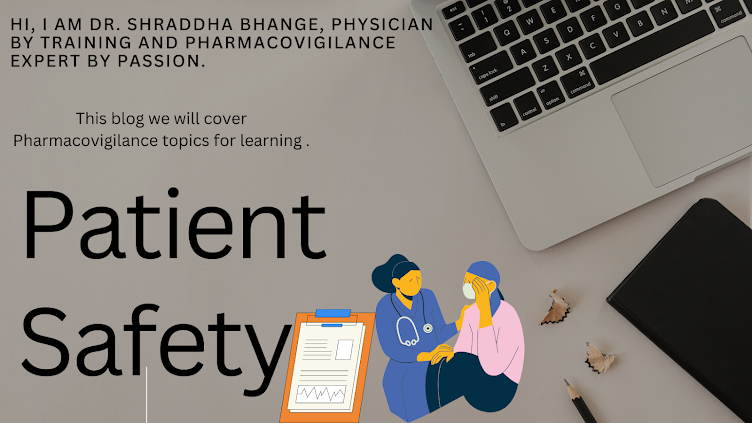Module V – Risk management systems
Continuing the series on Guideline on good pharmacovigilance practices, in this blog i will jump right into module V having covered module I , II, III and IV in previous blogs.
This module describes the risk management plan (RMP) requirements, structure and content.
Overall, the module does go in more and clear details on expectations and its best to read module thoroughly and completely when one has to write, compile, contribute or review RMP.
1. What is RMP?
“The aim of a risk management plan (RMP) is to document the risk management system considered necessary to identify, characterize and minimize a medicinal product’s important risks.”
RMP describes the risk associated with the product, the severity, seriousness, outcome and impact of risk on patient and general population. It also should describe the disease (Indication) and the product details.
2. When is it written?
RMP is written at the time of approval of product, renewal of product and in the time period when the first PSUR following the first 5 year renewal is due for submission. RMP is a living document meaning it needs to be updated as the information's regarding product gets updated. RMP is also updated at the time of PSUR
3. How is it written?
GVP module describes the template and sections thoroughly . Providing the gist of sections below.
Module I Product Overview- Description related to product
Module II Safety specification- This section refers to identified risk, potential risk and missing information, it also describes the epidemiology, clinical and non clinicals data, patient exposure and risk. The risks need to be described in terms of their severity, seriousness, outcome, treatability and impact on patient and general population.
Module III Pharmacovigilance plan (including post-authorization safety studies): This describes the risk and there status (identified risk if it was potential before), severity, frequency and impact on patients. It describes routine and additional pharmacovigilance activities.
Module IV Plans for post-authorization efficacy studies:
Module V :Risk minimization measures (including evaluation of the effectiveness of risk minimization activities): This section defines the routine and additional risk minimization measures. E.G. Legal status of products, Smpc, pack size etc
Part VI
Summary of the risk management plan:
This section is must and is also published on the EMA website, the audience is broad and hence this section should be well written and explained. It should describe the product and its status, indication, its current risk status (identified, potential and missing information) and the risk minimisation measures currently implemented for same.
4. Why is it written?
Ideally RMP is legal and compliance requirement, but the reasons for writings an RMP is to ensure all the risks are summarized alongside the detailed, clear and concise plan on how to minimize them. This ensures patient safety. Also the risk minimization measures and the plan to monitor those effectiveness then becomes legally binding furthering the cause of patient safety.
In nutshell, a RMP is very detailed scientific document that requires lot of expertise in PV, clinical and medical side of it. This should hence be prioritized to be written with experts that have all this background and also the timelines and effort to complete the document should be strategized very well in advance.
Written by:


No comments:
Post a Comment
Please share your suggestions, they are most welcome!